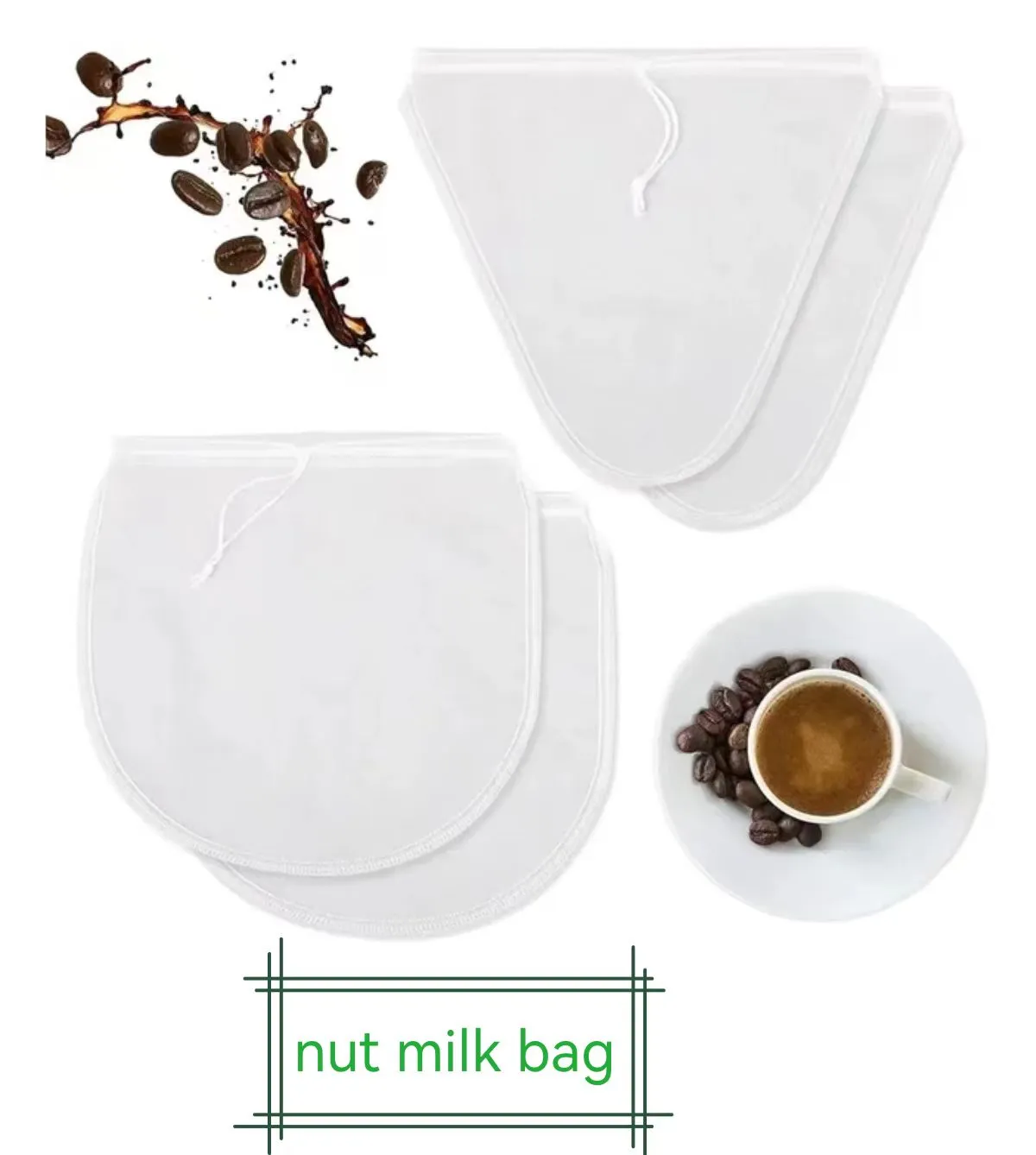-
 Afrikaans
Afrikaans -
 Albanian
Albanian -
 Amharic
Amharic -
 Arabic
Arabic -
 Armenian
Armenian -
 Azerbaijani
Azerbaijani -
 Basque
Basque -
 Belarusian
Belarusian -
 Bengali
Bengali -
 Bosnian
Bosnian -
 Bulgarian
Bulgarian -
 Catalan
Catalan -
 Cebuano
Cebuano -
 China
China -
 Corsican
Corsican -
 Croatian
Croatian -
 Czech
Czech -
 Danish
Danish -
 Dutch
Dutch -
 English
English -
 Esperanto
Esperanto -
 Estonian
Estonian -
 Finnish
Finnish -
 French
French -
 Frisian
Frisian -
 Galician
Galician -
 Georgian
Georgian -
 German
German -
 Greek
Greek -
 Gujarati
Gujarati -
 Haitian Creole
Haitian Creole -
 hausa
hausa -
 hawaiian
hawaiian -
 Hebrew
Hebrew -
 Hindi
Hindi -
 Miao
Miao -
 Hungarian
Hungarian -
 Icelandic
Icelandic -
 igbo
igbo -
 Indonesian
Indonesian -
 irish
irish -
 Italian
Italian -
 Japanese
Japanese -
 Javanese
Javanese -
 Kannada
Kannada -
 kazakh
kazakh -
 Khmer
Khmer -
 Rwandese
Rwandese -
 Korean
Korean -
 Kurdish
Kurdish -
 Kyrgyz
Kyrgyz -
 Lao
Lao -
 Latin
Latin -
 Latvian
Latvian -
 Lithuanian
Lithuanian -
 Luxembourgish
Luxembourgish -
 Macedonian
Macedonian -
 Malgashi
Malgashi -
 Malay
Malay -
 Malayalam
Malayalam -
 Maltese
Maltese -
 Maori
Maori -
 Marathi
Marathi -
 Mongolian
Mongolian -
 Myanmar
Myanmar -
 Nepali
Nepali -
 Norwegian
Norwegian -
 Norwegian
Norwegian -
 Occitan
Occitan -
 Pashto
Pashto -
 Persian
Persian -
 Polish
Polish -
 Portuguese
Portuguese -
 Punjabi
Punjabi -
 Romanian
Romanian -
 Russian
Russian -
 Samoan
Samoan -
 Scottish Gaelic
Scottish Gaelic -
 Serbian
Serbian -
 Sesotho
Sesotho -
 Shona
Shona -
 Sindhi
Sindhi -
 Sinhala
Sinhala -
 Slovak
Slovak -
 Slovenian
Slovenian -
 Somali
Somali -
 Spanish
Spanish -
 Sundanese
Sundanese -
 Swahili
Swahili -
 Swedish
Swedish -
 Tagalog
Tagalog -
 Tajik
Tajik -
 Tamil
Tamil -
 Tatar
Tatar -
 Telugu
Telugu -
 Thai
Thai -
 Turkish
Turkish -
 Turkmen
Turkmen -
 Ukrainian
Ukrainian -
 Urdu
Urdu -
 Uighur
Uighur -
 Uzbek
Uzbek -
 Vietnamese
Vietnamese -
 Welsh
Welsh -
 Bantu
Bantu -
 Yiddish
Yiddish -
 Yoruba
Yoruba -
 Zulu
Zulu
galvanized steel grid
Exploring the Benefits and Applications of Galvanized Steel Grid
Galvanized steel grid, a versatile and durable material, has gained increasing popularity across various industries due to its numerous advantages. The process of galvanization, which involves coating steel with a layer of zinc, enhances its resistance to corrosion, making it ideal for applications where exposure to moisture or harsh conditions is a concern. This article delves into the benefits, applications, and considerations of using galvanized steel grids.
Benefits of Galvanized Steel Grid
The primary advantage of galvanized steel grids lies in their exceptional durability. The zinc coating acts as a barrier against corrosion, significantly extending the lifespan of the steel. This characteristic is particularly valuable in environments prone to moisture, such as outdoor installations, agricultural settings, and marine applications. Furthermore, galvanized steel is known for its strength and structural integrity, allowing it to support heavy loads and withstand significant stresses.
Another key benefit is the relatively low maintenance required for galvanized steel grids. Unlike uncoated steel, which may require frequent painting and treatment to prevent rust, galvanized steel often only needs occasional cleaning to maintain its appearance. This feature not only reduces ongoing maintenance costs but also contributes to the material's sustainability, as less coating and treatment mean less environmental impact.
Applications of Galvanized Steel Grid
galvanized steel grid

Galvanized steel grids are employed in a wide range of applications. One prominent use is in industrial flooring systems, where the grids provide safe and stable surfaces for walkways, platforms, and work areas. Their slip-resistant properties make them an excellent choice for environments where safety is a priority.
Additionally, galvanized steel grids are often utilized in the construction of drainage systems. Their ability to withstand harsh environmental conditions makes them an attractive choice for grates and covers that need to endure constant exposure to water and debris. Moreover, in the agricultural sector, these grids are used for livestock pens and fencing, enhancing safety and functionality.
Beyond these applications, galvanized steel grids are also found in architectural designs. Their aesthetic appeal, combined with functionality, makes them suitable for various decorative elements in buildings, such as railings and partitions. This fusion of utility and design enhances both the safety and the visual appeal of contemporary structures.
Considerations When Using Galvanized Steel Grid
While galvanized steel grids offer a multitude of benefits, there are considerations to keep in mind. The initial cost may be higher than that of untreated steel, but the long-term savings on maintenance and replacement often justify the investment. Additionally, it’s crucial to evaluate the specific requirements of the application, as not all grades of galvanized steel may be suitable for extreme conditions.
In conclusion, galvanized steel grids are a powerful solution for many industries seeking durability, low maintenance, and aesthetic versatility. Their robust performance in challenging environments, combined with their strength and resistance to corrosion, solidifies their role as a preferred material in various applications. As industries continue to evolve, the use of galvanized steel grids will likely expand, showcasing their potential in innovative designs and structures.
-
Why Nylon Mesh Netting is Revolutionizing Industrial and Commercial ApplicationsNewsJun.13,2025
-
Reinventing Reliability with Construction Wire MeshNewsJun.13,2025
-
Protect Your Crops with High-Performance Agricultural Netting SolutionsNewsJun.13,2025
-
Premium Breeding Net Solutions for Modern AquariumsNewsJun.13,2025
-
Precision Filtration Solutions for Industrial and Commercial NeedsNewsJun.13,2025
-
Advanced Industrial Mesh Solutions for Every ApplicationNewsJun.13,2025











